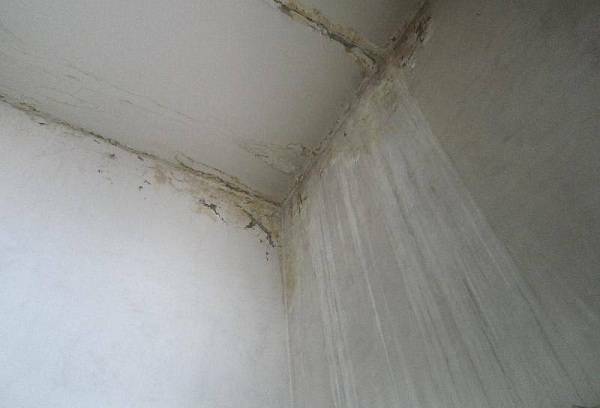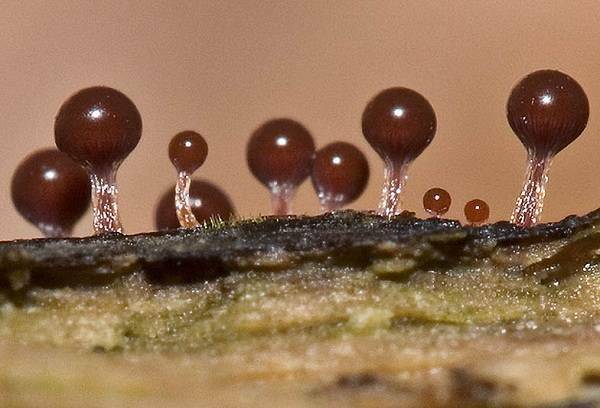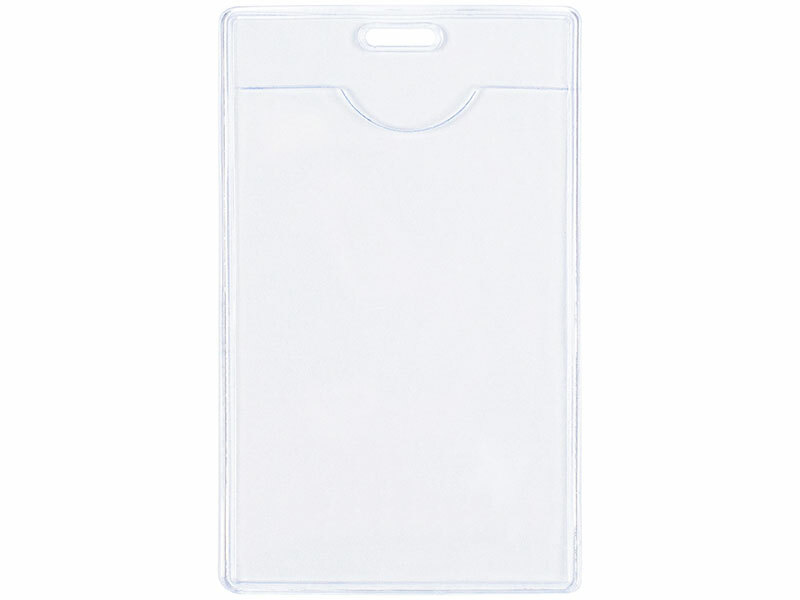Many people regard the appearance of mold colonies in some apartment areas as an aesthetic defect, preferring to fight it with the usual cleaning. Specialists also argue that if you do not know what is dangerous for the person and the things surrounding him, do not give the fight with the fungus proper attention, you can face a number of serious problems.

Having found characteristic colonies on the walls of the kitchen, pantry, bathroom or living quarters, it is necessary to act immediately. Timely implementation of simple but effective measures will prevent the development of conditions that present a danger to the health of the household.
What is mold and why does it appear?
Thanks to the lessons of biology, almost all of us know that mold is a fungus. However, the overwhelming majority of us prefer not to notice its potential( and most real) negative impact on the world around us. If you ignore a single point or a small colony, you can soon find similar formations on walls and ceilings throughout the house.
There are many kinds of molds and each has its own characteristics. All housewives should know what is dangerous for black mold, because it is often found in your apartment. This fungus can reproduce at surprising speed. In just one hour on a square meter of space, it forms millions of spores. They in turn become not only a source of unpleasant odor, but also produce dangerous toxins.

In the house, mold spores appear along with dirt brought from the street by people and animals. For further growth, reproduction and development, certain favorable conditions are required. First of all, microorganisms need nutrition. It can be wood, fabric, paper, houseplants. Not less important and a certain level of humidity - from 50-60%.A special place is occupied by temperature conditions, quality of ventilation.
Given all these facts, it is not surprising that the mold most often appears in the bathroom, kitchen, toilet. The group at high risk includes private houses and apartments located on the ground floors. The proximity of the cellars often leads to the fact that the colonies of mold quickly blossom on the walls of such rooms.
What is the danger of mold spreading in the room?
The appearance of a fungus in the bathroom, other residential or residential premises, entails many health hazards to those living in the house and the surrounding objects:
- Microscopic organisms can enter the respiratory tract, provoking the development of a number of pathological processes. At best, an actively multiplying fungus in an apartment provokes sinusitis and rhinitis. With deeper penetration of spores, there is a risk of laryngitis, bronchitis, tracheitis and even pneumonia. Systematic exposure to particles triggers bronchial asthma.

Tip: If the cause of the appearance of mold is the poor patency of sunlight due to thick trees in front of the window, it is worth contacting the district administration. Its employees are obliged to consider the application and take appropriate measures in case of confirmation of these facts.
- Does not pass without a trace and getting the fungus on the skin. The result is dermatitis, eczema, psoriasis. This is especially often noted in people with localization of mold in the bathroom( where the skin is most open).Even if a specific diagnosis is not made, residents can suffer from permanent rashes, peeling, itching.
- Mold is one of the most powerful allergens that can cause characteristic manifestations of the condition in people who have never suffered from hypersensitivity to any irritants.

- Mold, its spores and toxins can get on toothbrushes, scouring pads, towels and other hygiene items that are in the bathroom. Thus, they pass to the mucous, causing stomatitis, candidiasis and other inflammatory processes.
- Fungi living on the walls of the kitchen, and fall on food, and through them - inside the human body. It is much more dangerous to get even not mold itself, but toxins, which are the product of its vital activity. Even if most of them are taken out naturally, gradually these particles will accumulate in the tissues, provoking liver damage. It is worth considering that, getting on food, mold penetrates into their texture, so trying to "wash away" it is useless.
- Simultaneous ingestion of a large number of toxins into the human body or their prolonged accumulation can cause mycotoxicosis. This disease can be represented by food, skin or respiratory form. Some toxins can influence even the activity of the nervous system, which is manifested by specific symptoms that adversely affect the quality of human life.
- If a person's immunity is reduced, toxins can penetrate into the internal organs, causing their changes, disrupting the whole systems.

- The most dangerous substance spreading through rooms in a house with mold is aflatoxins. Most often they are formed and live in containers with cereals and nuts. These substances are capable of provoking a mutation of cells, triggering the formation of malignant neoplasms.
- In the end, the abundance of mold on walls in living quarters, kitchen or bathroom significantly reduces the body's resistance to the action of pathogens. Against this background, residents begin to suffer much more often from colds and infectious diseases, which are more complicated than usual.
- In addition to all of the above, do not forget that the mold is literally able to destroy the floors in the house, penetrating inside the wood and concrete. Of course, this will take several years, but the consequences can be catastrophic. In addition, the fungus spoils decoration materials, household items, and products.
The listed consequences will not occur if the faucets in the bathroom and in the kitchen are changed in time, in time to ensure that the humidity level in the rooms does not exceed 50%, regularly dry the rooms with the help of heaters.



